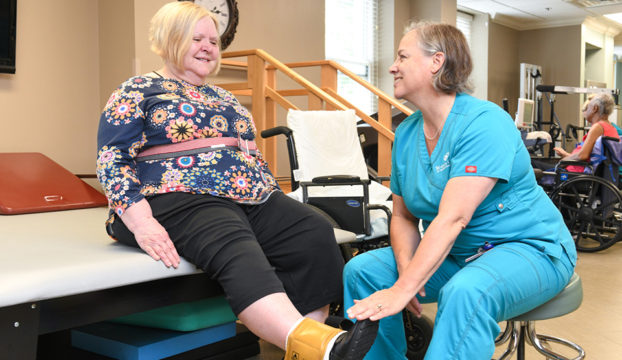The Effect of Surrounding Environments on Fitness Patterns and Activity Preferences
Wiki Article
The surrounding atmosphere around us plays a significant part in influencing our fitness habits and exercise choices. Factors such as the availability of parks, fitness centers, and additional recreational facilities can motivate individuals to engage in exercise routines. Urban areas often offer easy entry to fitness centers and outdoor areas, while countryside locations may offer different opportunities for physical activity, such as hiking or biking on paths. Comprehending how these spaces influence our choices can assist neighborhoods develop better environments that encourage wholesome lifestyles.
A single important factor of neighboring spaces is the concept of accessibility. When people have easy reach to fitness facilities, they are more likely to engage in consistent physical activity. For example, communities with recreational spaces and hiking paths can motivate locals to go on daily strolls or participate in sports. On the other hand, if individuals live in areas without accessible fitness options, they may be less inclined to remain engaged in physical activity. This emphasizes the necessity for city designers and community officials to focus on the creation of reachable leisure areas that cater to the requirements of the community.
A further key factor is security. People are more likely to engage in outdoor exercise if they perceive safe in their environment. Brightly illuminated recreational areas, maintained walking paths, and low crime levels can create a welcoming environment for exercise. Conversely, areas that are perceived as dangerous may discourage people from participating in outdoor activities, leading to a sedentary way of living. Thus, enhancing security protocols in community areas can greatly impact community health by encouraging more people to be active.
The social factor of exercise is also affected by surrounding web areas. Group activities, such as team athletic contests or exercise sessions, thrive in settings that encourage community engagement. Recreation halls, fitness centers, and outdoor spaces can act as meeting locations where individuals come together and inspire each other visit this site right here to engage in physical activity. Community support is crucial for maintaining exercise habits, and having accessible spaces where individuals can gather and participate in exercise together can boost enthusiasm and enjoyment.

Lastly, the visual appeal of surrounding spaces can impact fitness habits and preferences. Beautifully crafted recreational areas, picturesque paths, and properly cared for gyms can motivate individuals to participate in exercise. When areas are visually appealing, people are more likely to spend hours there, engaging in fitness and leisure pursuits. Communities should focus on developing welcoming settings that inspire people to explore various fitness activities, allowing it simpler for them to incorporate exercise into their regular lives.